Home>Home Appliances>Laundry Appliances>What Is An Agitator On A Washing Machine
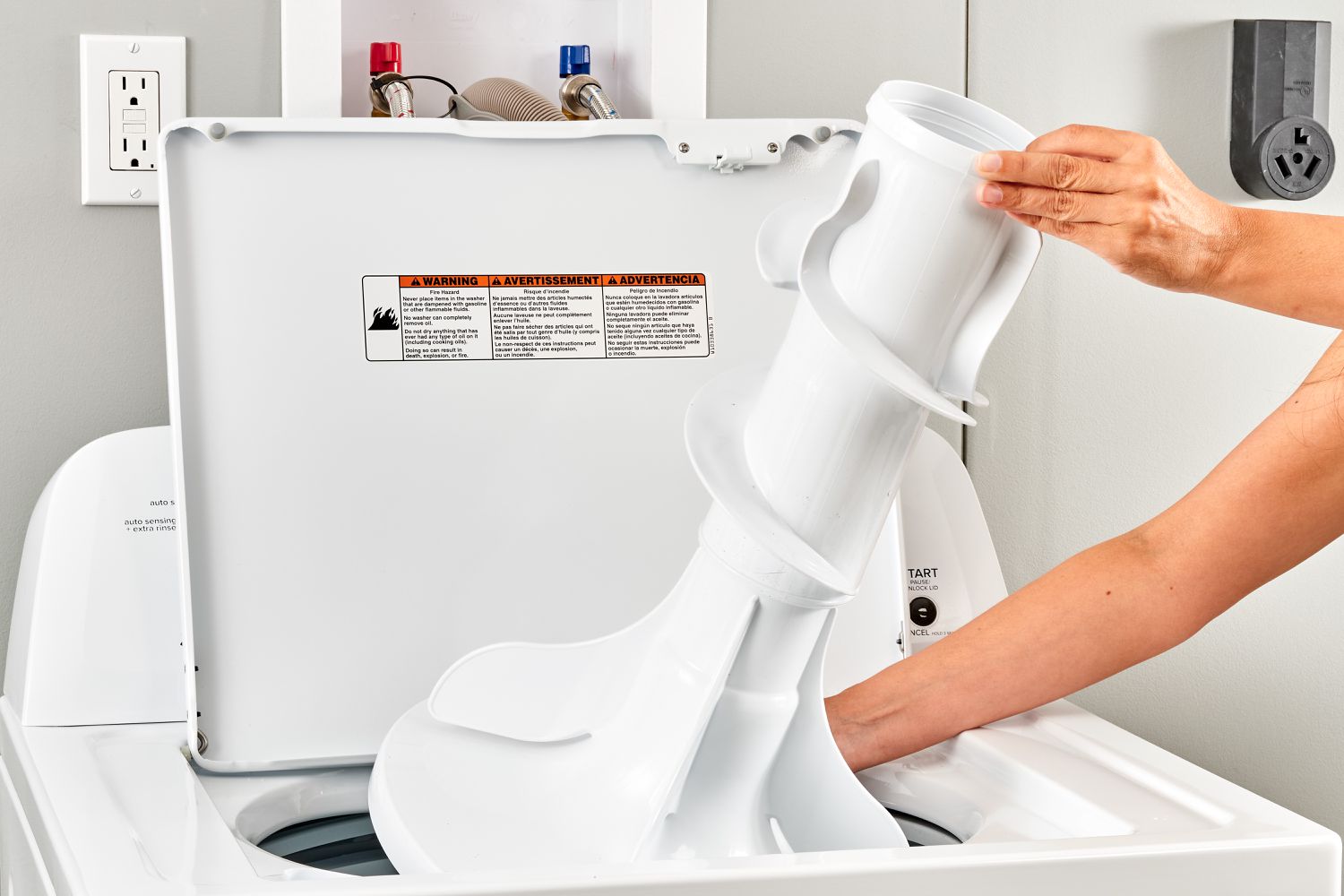

Laundry Appliances
What Is An Agitator On A Washing Machine
Modified: April 25, 2024
Learn about the function and importance of agitators on washing machines. Find out how they impact the performance of your laundry appliances.
(Many of the links in this article redirect to a specific reviewed product. Your purchase of these products through affiliate links helps to generate commission for Storables.com, at no extra cost. Learn more)
Introduction
The agitator in a washing machine plays a crucial role in the laundry process, yet its significance is often overlooked. This component, typically found in top-loading washing machines, is responsible for creating the necessary motion to clean clothes effectively. Understanding the function, types, and maintenance of agitators is essential for optimizing the performance and longevity of your washing machine. In this article, we will delve into the intricacies of agitators, shedding light on their importance and providing valuable insights into their operation and care. Whether you are a homeowner seeking to comprehend your appliance better or a laundry enthusiast eager to enhance your washing techniques, this exploration of agitators will equip you with the knowledge needed to make informed decisions and maintain a well-functioning washing machine.
Key Takeaways:
- The agitator in a washing machine is like a superhero that creates a special dance to clean your clothes. It’s important to understand its types and take good care of it for a long-lasting laundry adventure!
- Agitators help your washing machine clean clothes effectively, but they can also have some drawbacks like making noise and using more water. Understanding these pros and cons can help you choose the best washing machine for your needs.
Read more: What Is An Agitator Washer
The Function of an Agitator
The agitator in a washing machine serves as the primary mechanism for facilitating the cleaning process. Its main function is to create a back-and-forth motion within the wash drum, which in turn agitates the water and detergent solution. This agitation is essential for dislodging dirt, grime, and stains from the fabric fibers, ensuring a thorough and effective cleaning of the laundry.
By generating a dynamic movement, the agitator causes the clothes to rub against each other and the interior walls of the washing machine. This friction, combined with the soapy water, works to loosen and remove soil and residues from the garments. The agitator's motion also helps to distribute the detergent evenly, ensuring that it reaches all areas of the load and maximizes its cleaning potential.
Furthermore, the agitator aids in the removal of odors and bacteria by creating a turbulent environment within the wash drum. This turbulent action not only dislodges dirt but also helps to flush out impurities, leaving the laundry fresh and sanitized.
In essence, the agitator's role is pivotal in achieving clean and hygienic laundry. Its ability to agitate the water, detergent, and clothes in a synchronized manner is fundamental to the overall cleaning performance of the washing machine. Understanding the significance of the agitator's function provides valuable insight into the mechanics of the laundry process, empowering users to make informed decisions regarding their washing routines and machine maintenance.
Types of Agitators
When it comes to washing machines, various types of agitators are employed to cater to different washing needs and preferences. Understanding the distinctions between these agitator types is essential for selecting a washing machine that aligns with your laundry requirements. Here are the primary types of agitators commonly found in washing machines:
1. Dual-Action Agitators
Dual-action agitators, also known as two-piece agitators, feature a top section that moves independently from the bottom section. This design allows for a more intricate and varied motion pattern during the wash cycle. The top portion of the agitator moves in one direction while the bottom section moves in the opposite direction, creating a dynamic and multidirectional agitation within the wash drum. This innovative design is particularly effective in dislodging tough stains and ensuring thorough cleaning of the laundry.
2. Single-Piece Agitators
Single-piece agitators, as the name suggests, consist of a single agitating element that moves the entire load in a uniform motion. This type of agitator is characterized by its simplicity and reliability. The single-piece design provides a consistent agitation pattern, gently yet effectively cleaning the laundry without excessive wear and tear. While it may not offer the same level of agitation complexity as dual-action agitators, single-piece agitators are known for their durability and ease of use.
3. Impeller Agitators
Impeller agitators, also referred to as wash plate agitators, differ significantly from traditional agitator designs. Instead of a protruding agitator mechanism, impeller agitators feature a low-profile disc or cone located at the bottom of the wash drum. During the wash cycle, the impeller rotates or moves in a pulsating manner, creating a turbulent water flow that effectively cleans the laundry. This design maximizes the space within the wash drum, allowing for larger load capacities and accommodating bulkier items such as comforters and blankets.
4. Tumble Action Agitators
Tumble action agitators, commonly found in front-loading washing machines, utilize a drum that rotates horizontally. This rotational motion gently tumbles the laundry, providing a thorough and consistent cleaning performance. Tumble action agitators are renowned for their gentle treatment of delicate fabrics and their ability to minimize tangling and wrinkling of clothes. Additionally, the horizontal drum rotation promotes efficient water and detergent distribution, ensuring uniform cleaning results across the entire load.
Understanding the characteristics and functionalities of these agitator types empowers consumers to make informed decisions when selecting a washing machine. Each type offers unique advantages and considerations, catering to diverse laundry preferences and load requirements. By recognizing the distinct features of dual-action, single-piece, impeller, and tumble action agitators, individuals can choose a washing machine that best suits their specific cleaning needs and garment care preferences.
Pros and Cons of Agitators
Agitators in washing machines offer distinct advantages and drawbacks, influencing the overall cleaning performance and user experience. Understanding the pros and cons of agitators is essential for making informed decisions when selecting a washing machine and optimizing laundry routines.
Pros
-
Effective Stain Removal: Agitators, particularly dual-action and single-piece designs, excel in dislodging tough stains and deeply embedded dirt from fabrics. The vigorous back-and-forth motion created by these agitators ensures thorough cleaning, making them ideal for heavily soiled garments and workwear.
-
Shorter Wash Cycles: With their robust agitation capabilities, agitator-equipped washing machines often feature shorter wash cycles. This is advantageous for individuals seeking quick and efficient laundry solutions, especially when dealing with lightly soiled items that require swift cleaning.
-
Versatility: Agitators accommodate a wide range of laundry types, from sturdy fabrics to bulky items. Their powerful agitation can effectively clean heavy-duty loads, such as towels and linens, providing versatility in handling diverse laundry requirements.
-
Cost-Effective: Washing machines with agitators are often more affordable than their agitator-less counterparts. This cost-effectiveness makes them an attractive option for budget-conscious consumers seeking reliable and efficient laundry appliances.
Read more: How To Remove Washer Agitator
Cons
-
Fabric Wear and Tear: The vigorous agitation produced by traditional agitators may lead to increased wear and tear on delicate fabrics over time. This can impact the longevity and appearance of clothing, particularly items made from delicate materials or those with embellishments.
-
Water Consumption: Agitator-equipped washing machines typically utilize higher water volumes during the wash cycle, which may contribute to increased water consumption. This can be a concern for environmentally conscious individuals aiming to minimize their water usage and environmental impact.
-
Space Limitations: The presence of an agitator in the wash drum can limit the available space for accommodating larger or bulkier items. This may pose challenges when washing oversized garments, such as comforters or blankets, as the agitator's presence can restrict the capacity and movement within the wash drum.
-
Noise and Vibration: The robust agitation action of agitators can result in increased noise and vibration during the wash cycle. This may be a consideration for individuals seeking quieter laundry appliances, especially in living spaces where noise levels are a concern.
By weighing the pros and cons of agitators, consumers can make informed decisions based on their specific laundry needs, fabric preferences, and environmental considerations. Understanding the trade-offs associated with agitator-equipped washing machines empowers individuals to select appliances that align with their priorities and lifestyle requirements.
Maintenance and Care for Agitators
Proper maintenance and care are essential for ensuring the longevity and optimal performance of agitators in washing machines. By implementing routine maintenance practices and adopting appropriate care measures, users can preserve the functionality of their agitators and minimize the risk of potential issues. Here are valuable maintenance tips and care guidelines to uphold the efficiency and reliability of agitators:
Regular Cleaning
Regularly cleaning the agitator and the interior of the wash drum is crucial for preventing the buildup of dirt, detergent residues, and lint. Over time, these accumulations can impede the agitator's movement and compromise its cleaning effectiveness. To clean the agitator, remove any removable components according to the manufacturer's instructions and use a mild detergent solution to wipe away debris and residues. Additionally, running a cleaning cycle with vinegar or a specialized washing machine cleaner can help eliminate odor-causing bacteria and maintain a fresh-smelling interior.
Balance Load Distribution
Proper load distribution within the wash drum is essential for preventing excessive strain on the agitator. Unevenly distributed loads can cause the agitator to operate under stress, potentially leading to premature wear and mechanical issues. When loading the washing machine, distribute the laundry evenly to promote balanced agitation and minimize strain on the agitator mechanism.
Read more: How To Fix An Agitator On A Washing Machine
Inspect for Wear and Damage
Regularly inspecting the agitator for signs of wear, damage, or loose components is imperative for addressing potential issues early on. Check for any unusual noises, excessive vibration, or irregular movements during the wash cycle, as these may indicate underlying agitator problems. Additionally, visually inspect the agitator for cracks, chips, or worn edges, as these can impact its performance and safety. If any abnormalities are detected, promptly consult a qualified technician for assessment and potential repairs.
Avoid Overloading
Overloading the washing machine can exert undue pressure on the agitator, leading to diminished cleaning efficiency and potential mechanical strain. Adhere to the manufacturer's recommended load capacities and avoid cramming excessive amounts of laundry into the wash drum. By respecting the designated load limits, users can safeguard the agitator's functionality and promote consistent cleaning results.
Professional Maintenance
Seeking professional maintenance and servicing for the washing machine, including the agitator mechanism, is advisable to address complex issues and ensure comprehensive upkeep. Professional technicians can conduct thorough inspections, lubricate moving parts, and address any underlying mechanical concerns that may affect the agitator's performance. Scheduling periodic maintenance checks with authorized service providers can help prolong the lifespan of the agitator and maintain the washing machine's overall efficiency.
By adhering to these maintenance and care practices, users can uphold the functionality and longevity of agitators in washing machines, promoting consistent cleaning performance and minimizing the risk of premature wear or mechanical issues. Incorporating these guidelines into regular laundry appliance maintenance routines can contribute to a seamless and reliable washing experience.
Conclusion
In conclusion, the agitator in a washing machine serves as a fundamental component in achieving effective and thorough cleaning results. Its ability to create dynamic motion within the wash drum facilitates the dislodging of dirt, stains, and odors from the laundry, contributing to the overall hygiene and freshness of the garments. Understanding the diverse types of agitators, including dual-action, single-piece, impeller, and tumble action designs, empowers consumers to select washing machines that align with their specific cleaning needs and fabric care preferences.
While agitators offer notable advantages such as effective stain removal, shorter wash cycles, and versatility in handling various laundry types, they also present considerations such as potential fabric wear, water consumption, space limitations, and noise during operation. By weighing these pros and cons, individuals can make informed decisions when choosing washing machines, taking into account their priorities, environmental concerns, and lifestyle requirements.
Furthermore, implementing proper maintenance and care practices is crucial for preserving the functionality and longevity of agitators. Regular cleaning, balanced load distribution, inspection for wear and damage, avoidance of overloading, and professional maintenance checks are essential measures to uphold the efficiency and reliability of agitators in washing machines. By incorporating these guidelines into routine appliance care, users can optimize the performance of their washing machines and minimize the risk of mechanical issues.
In essence, the agitator remains a pivotal element in the laundry process, contributing to the overall cleanliness and hygiene of the garments. Its role in agitating the water, detergent, and clothes in a synchronized manner underscores its significance in achieving optimal cleaning results. By comprehending the function, types, maintenance, and care considerations associated with agitators, individuals can enhance their laundry routines, prolong the lifespan of their washing machines, and ensure consistently clean and fresh-smelling laundry.
The knowledge and insights gained from this exploration of agitators empower users to make informed decisions, optimize their washing techniques, and maintain a well-functioning washing machine, ultimately contributing to a seamless and efficient laundry experience.
Frequently Asked Questions about What Is An Agitator On A Washing Machine
Was this page helpful?
At Storables.com, we guarantee accurate and reliable information. Our content, validated by Expert Board Contributors, is crafted following stringent Editorial Policies. We're committed to providing you with well-researched, expert-backed insights for all your informational needs.
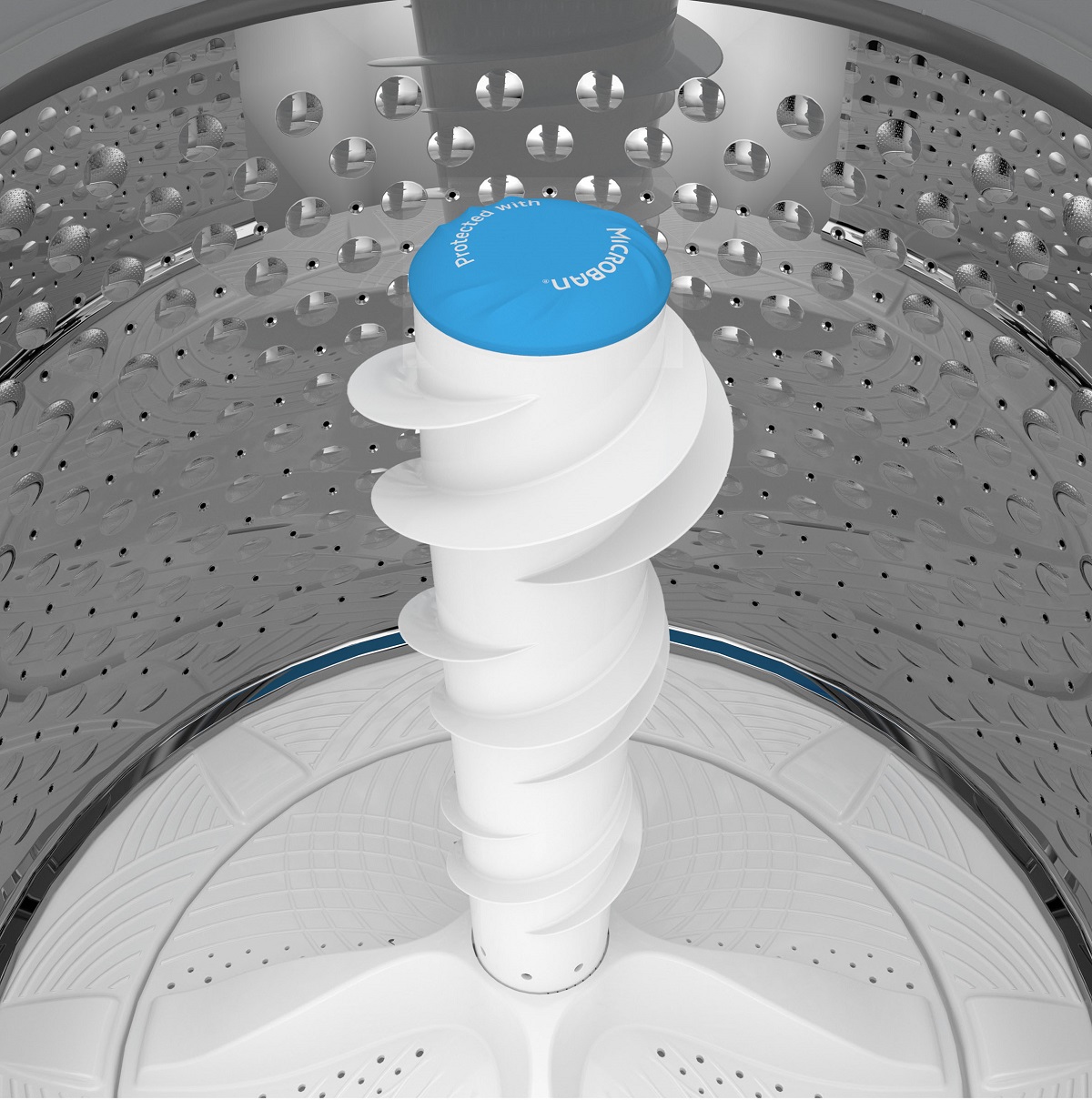
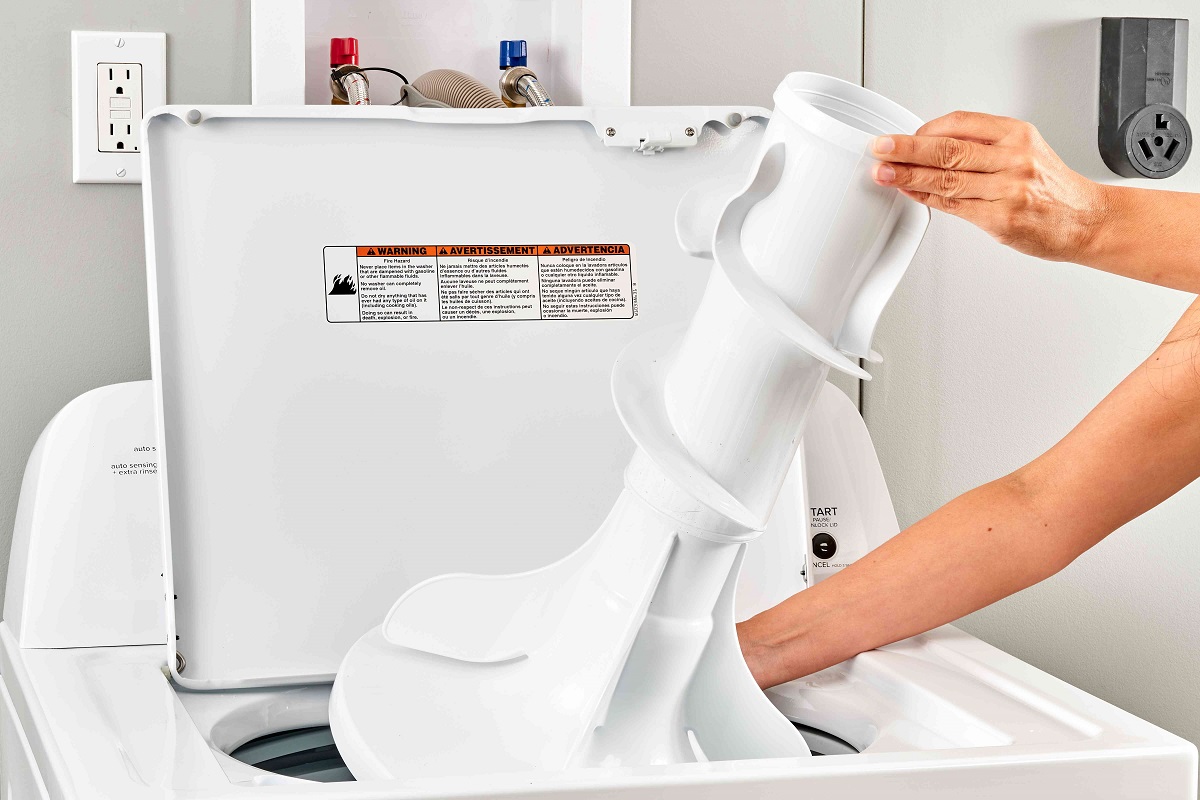
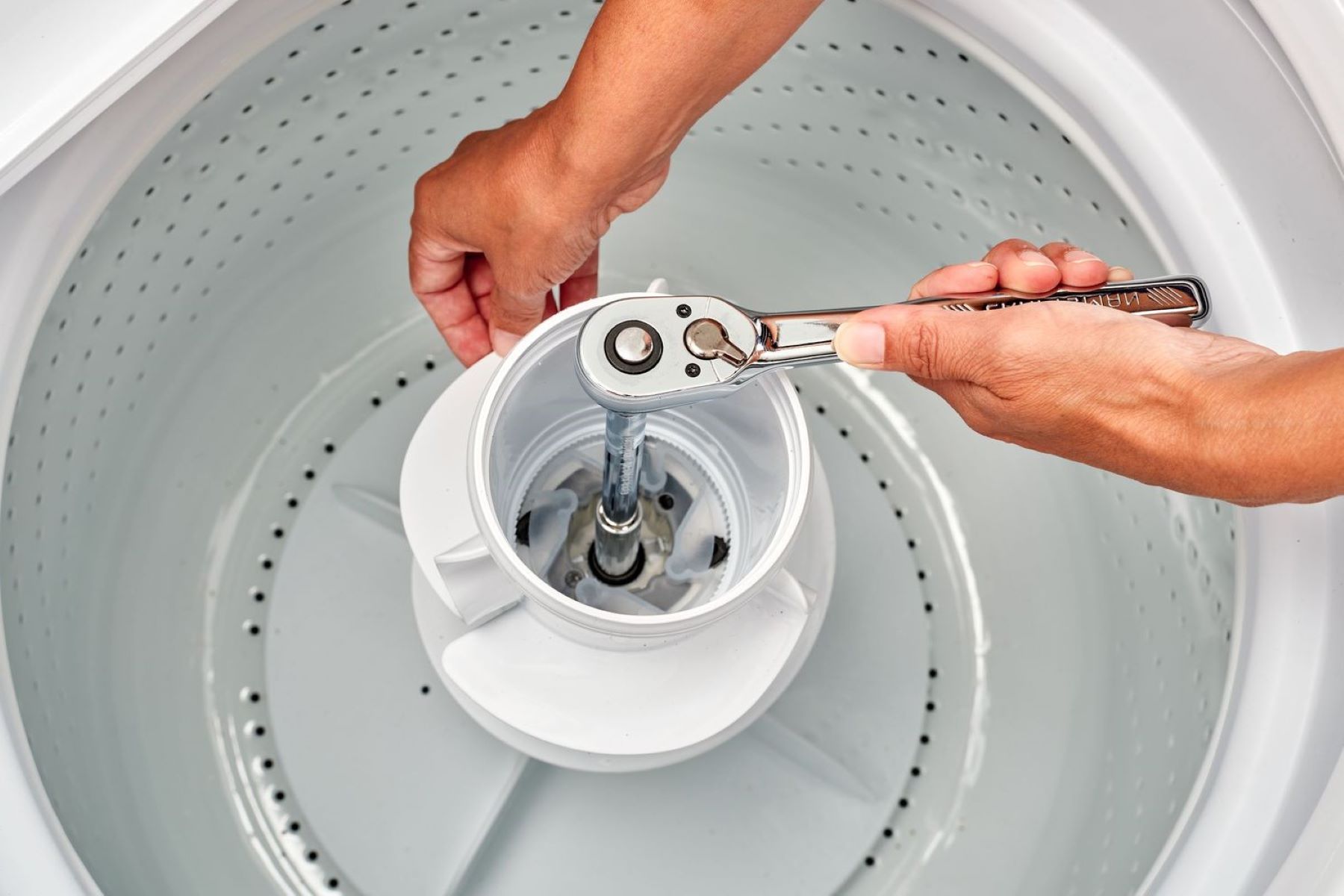
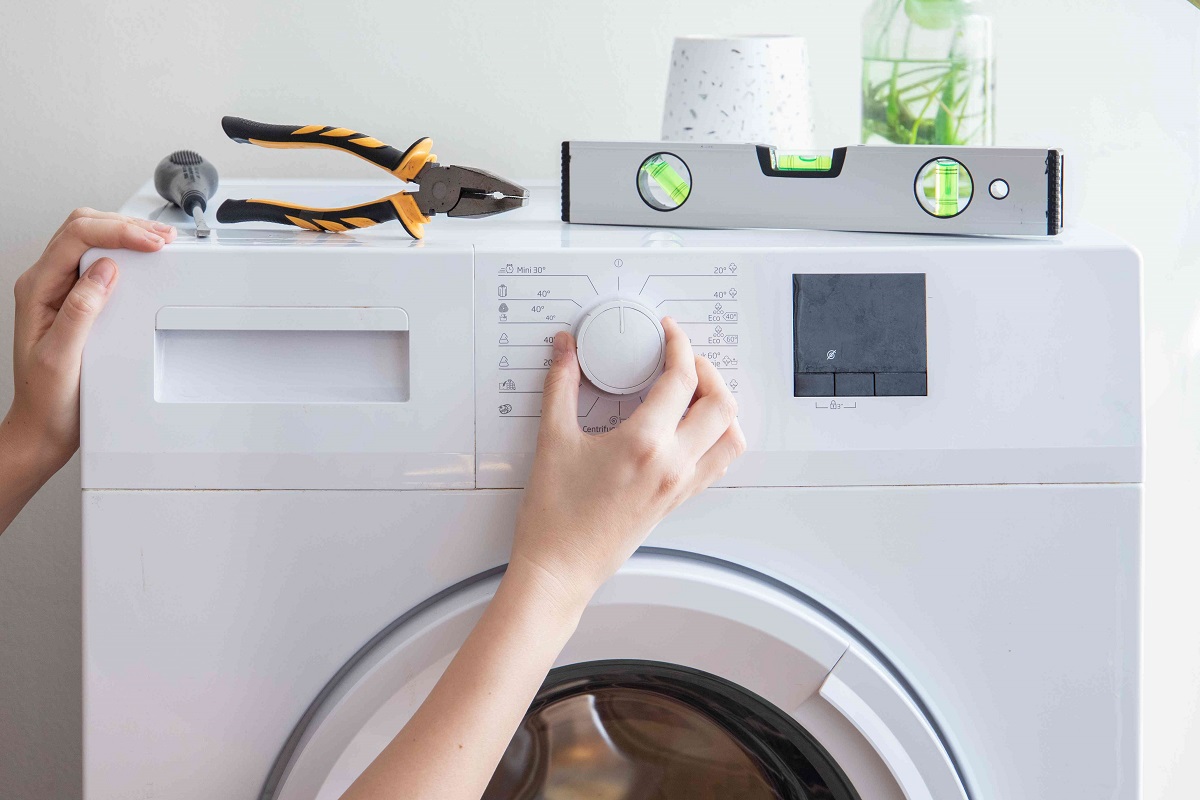
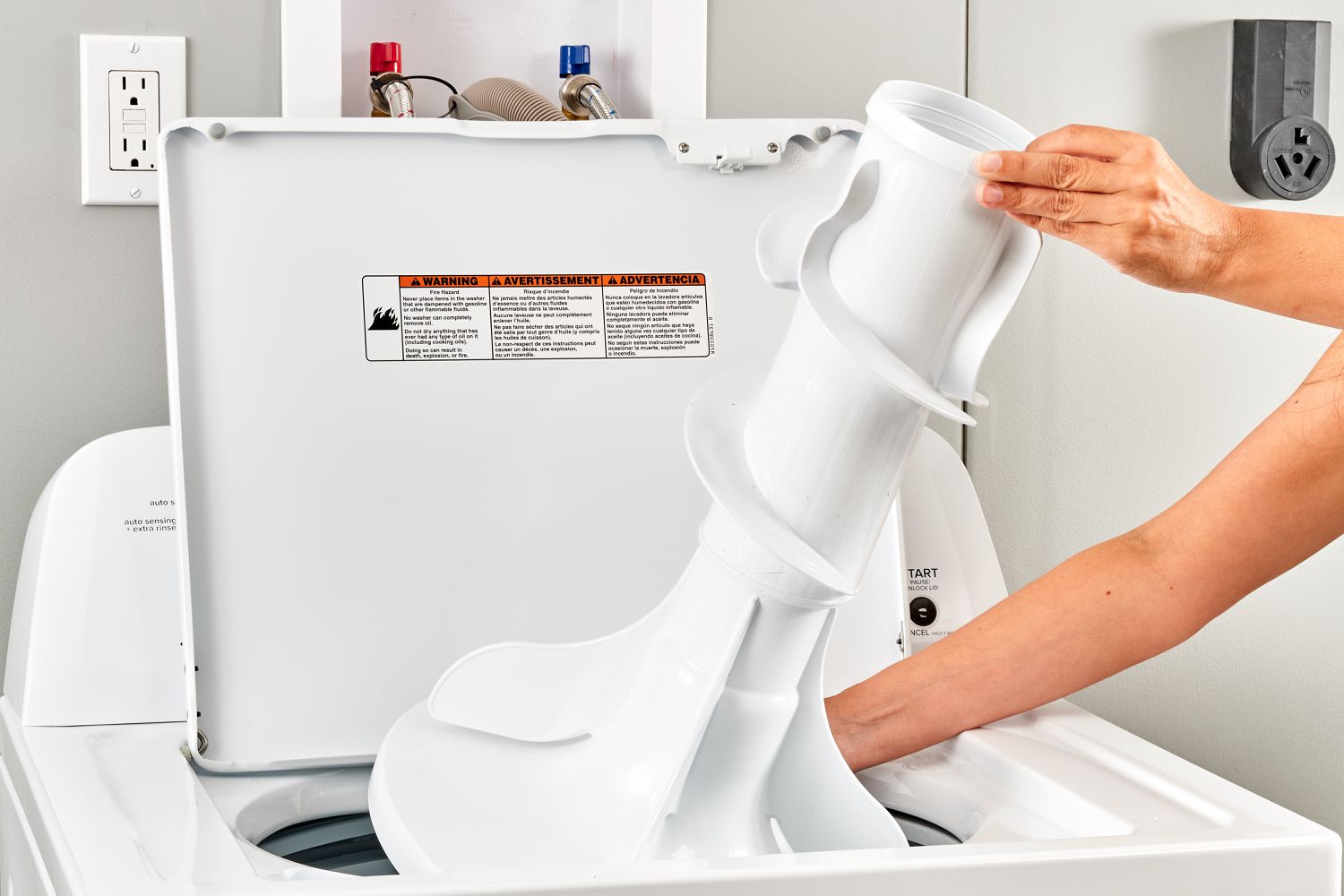
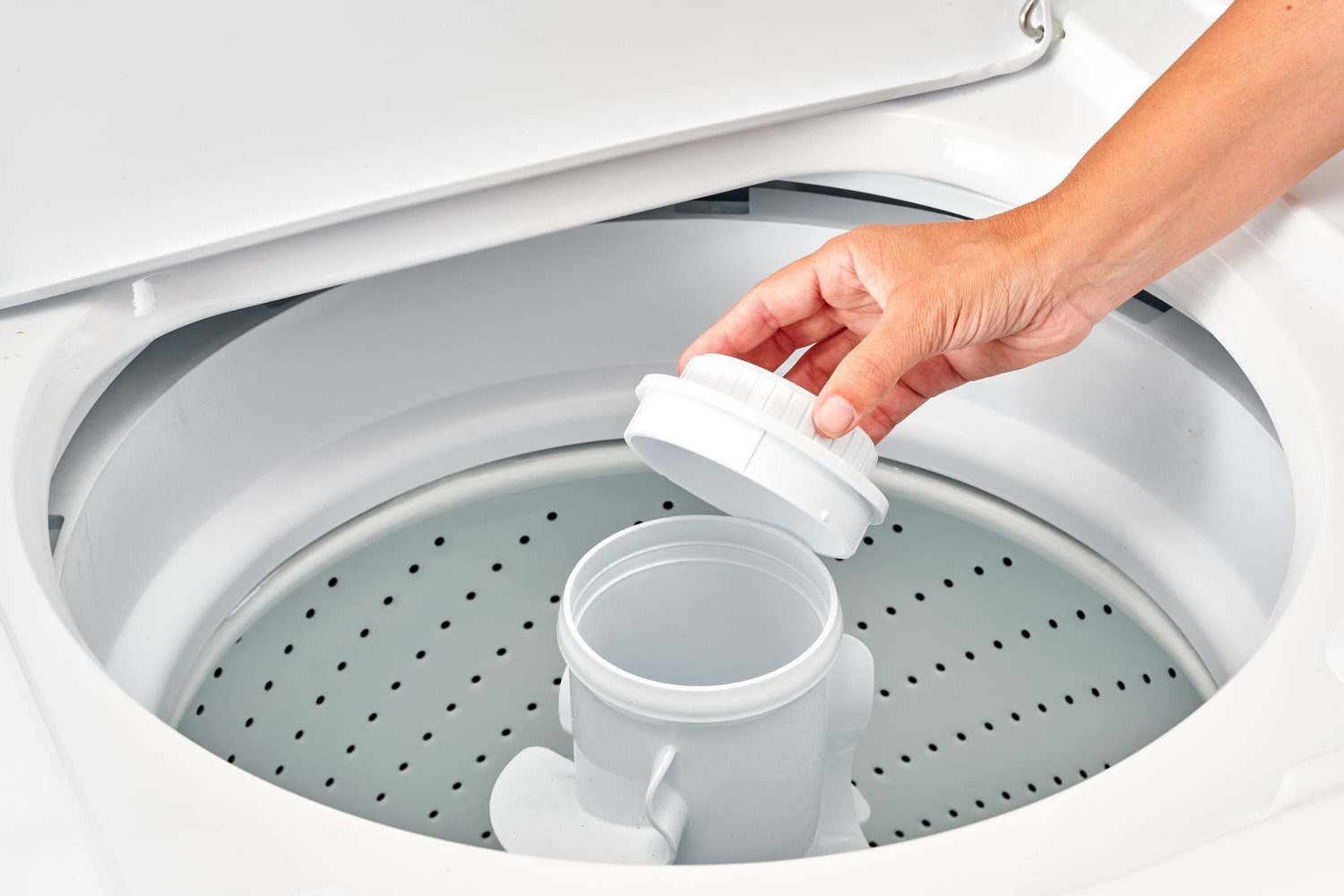
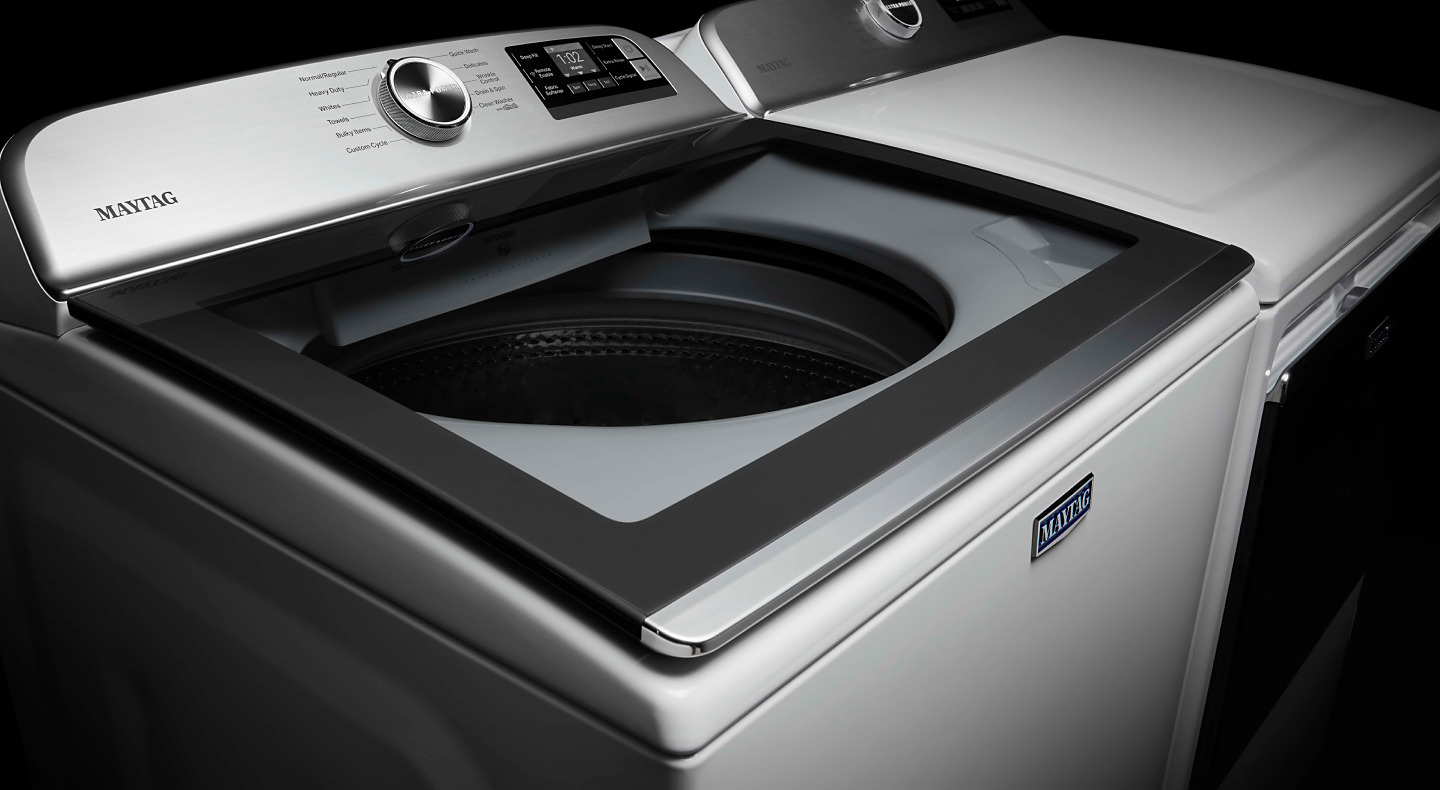
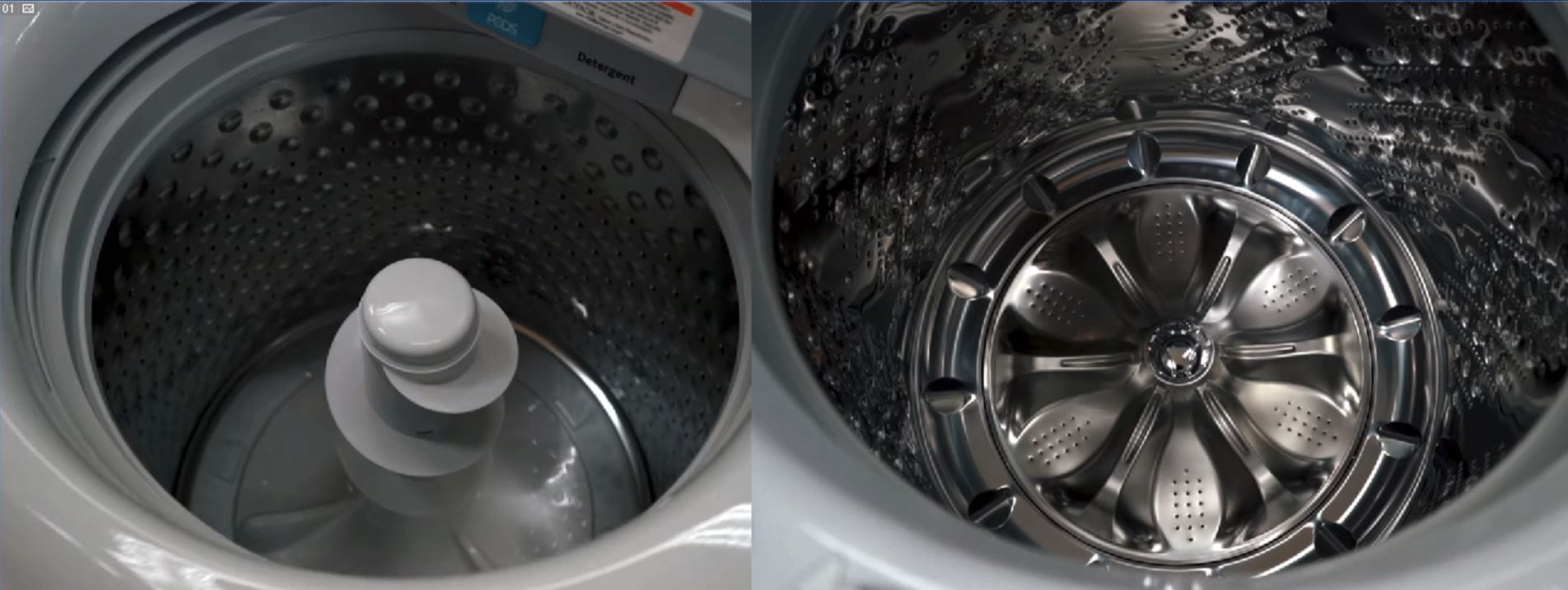
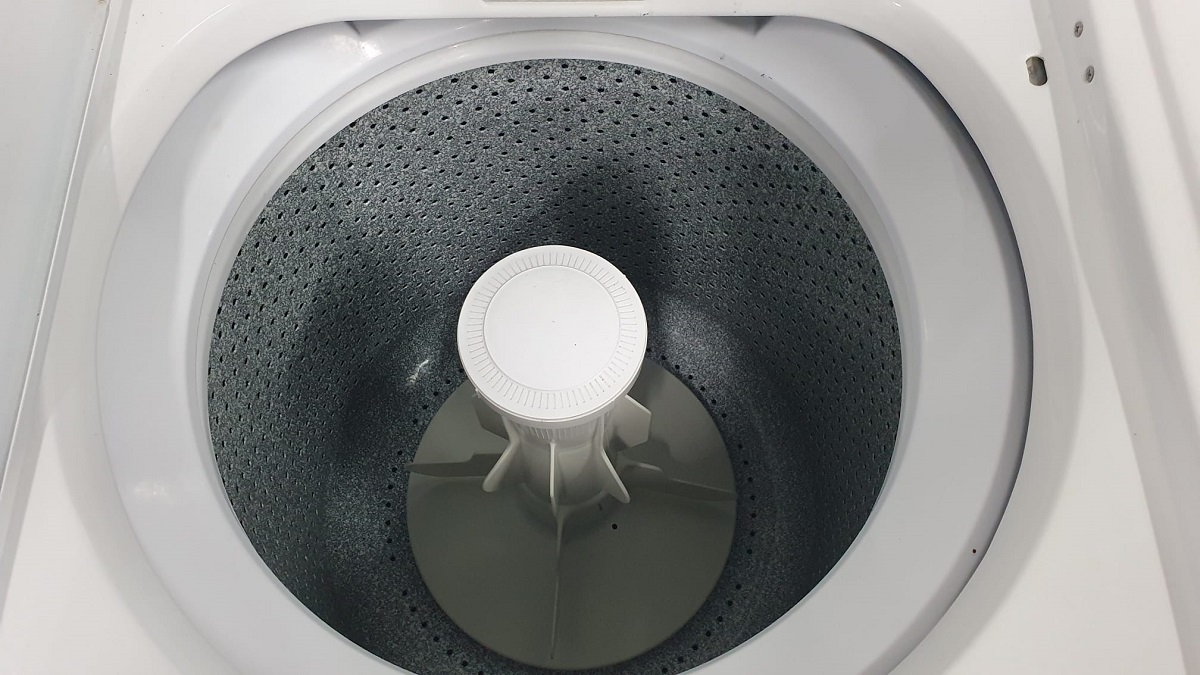
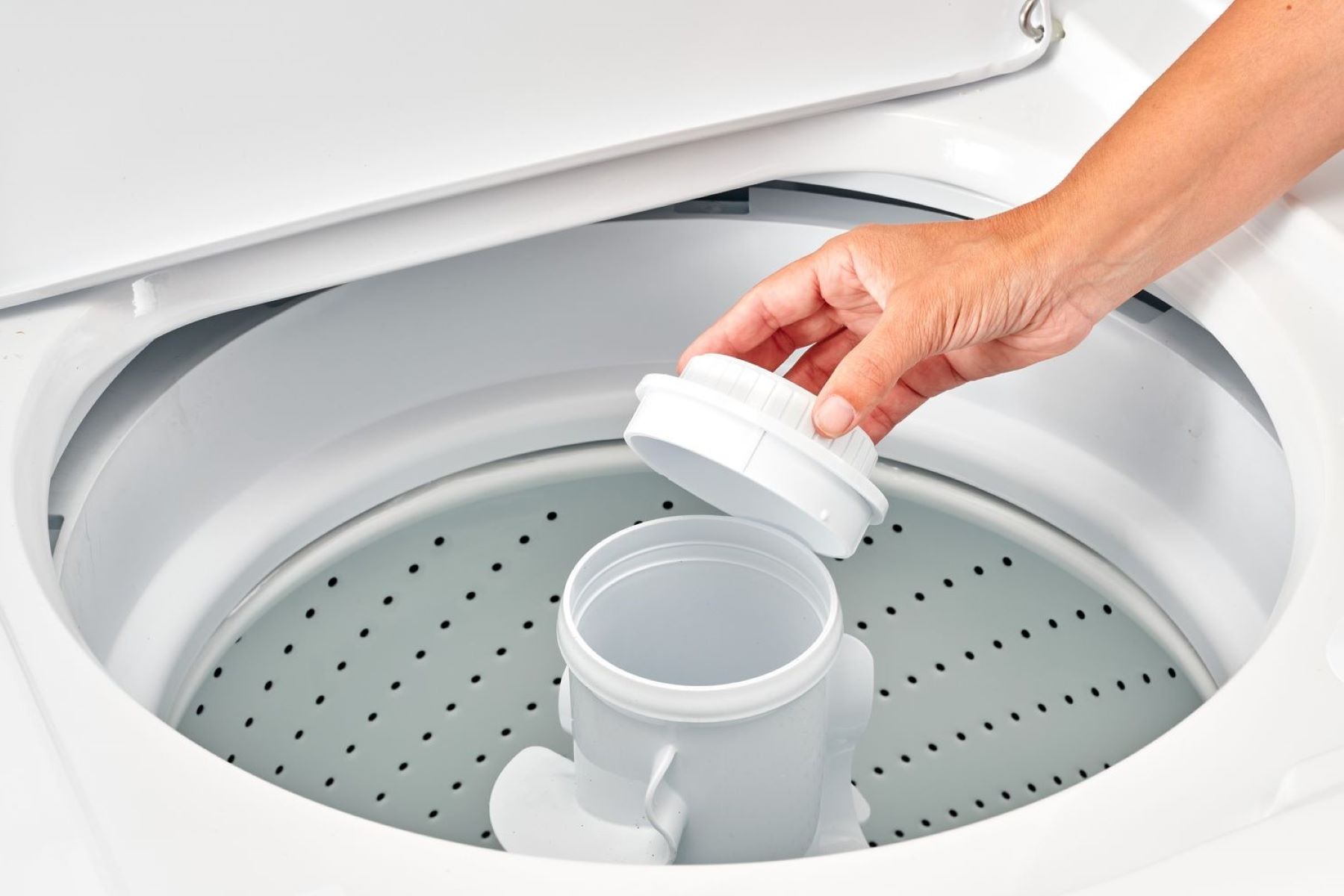
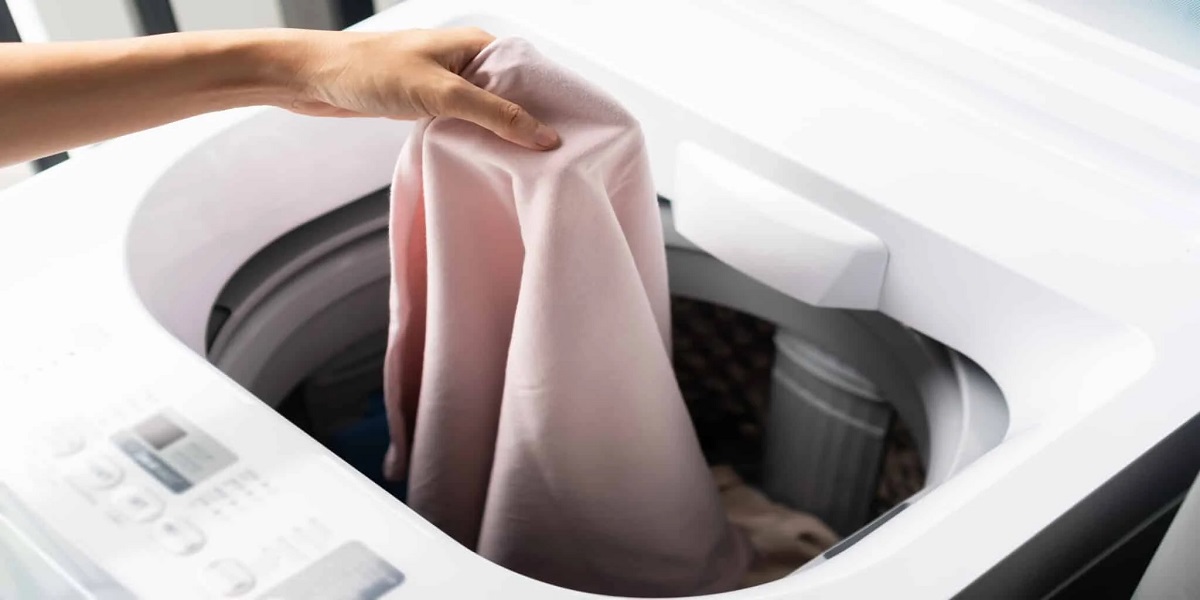
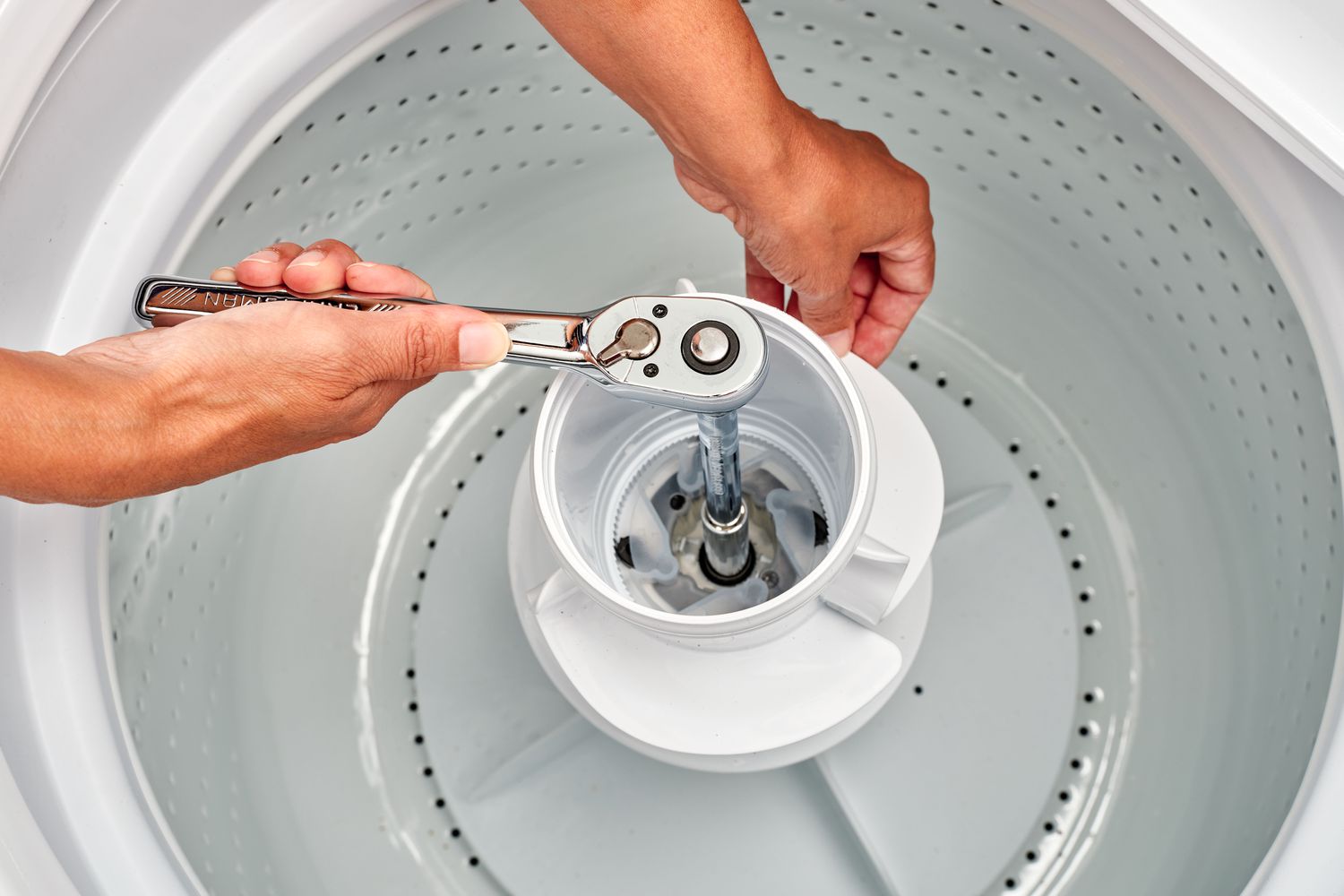

0 thoughts on “What Is An Agitator On A Washing Machine”